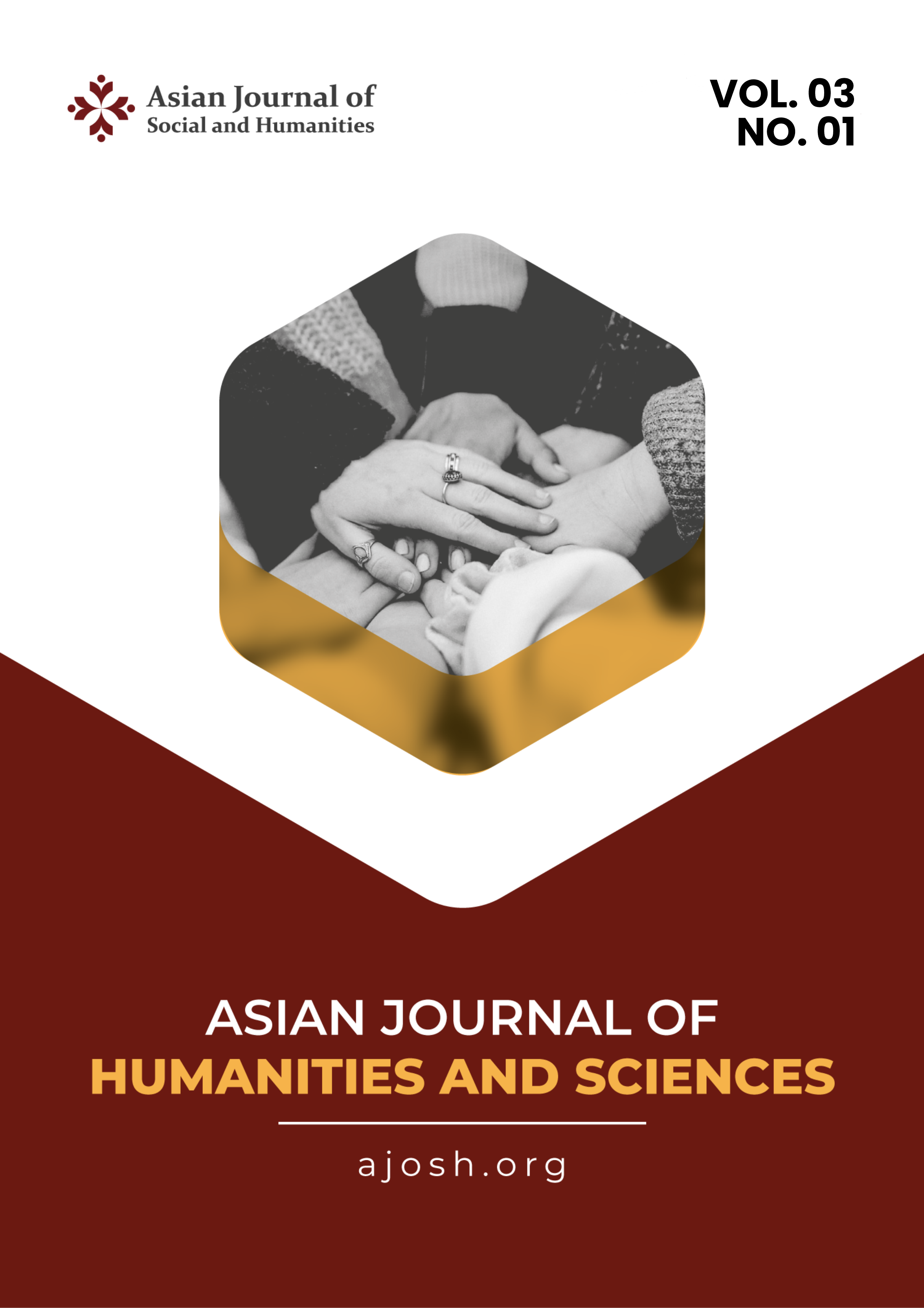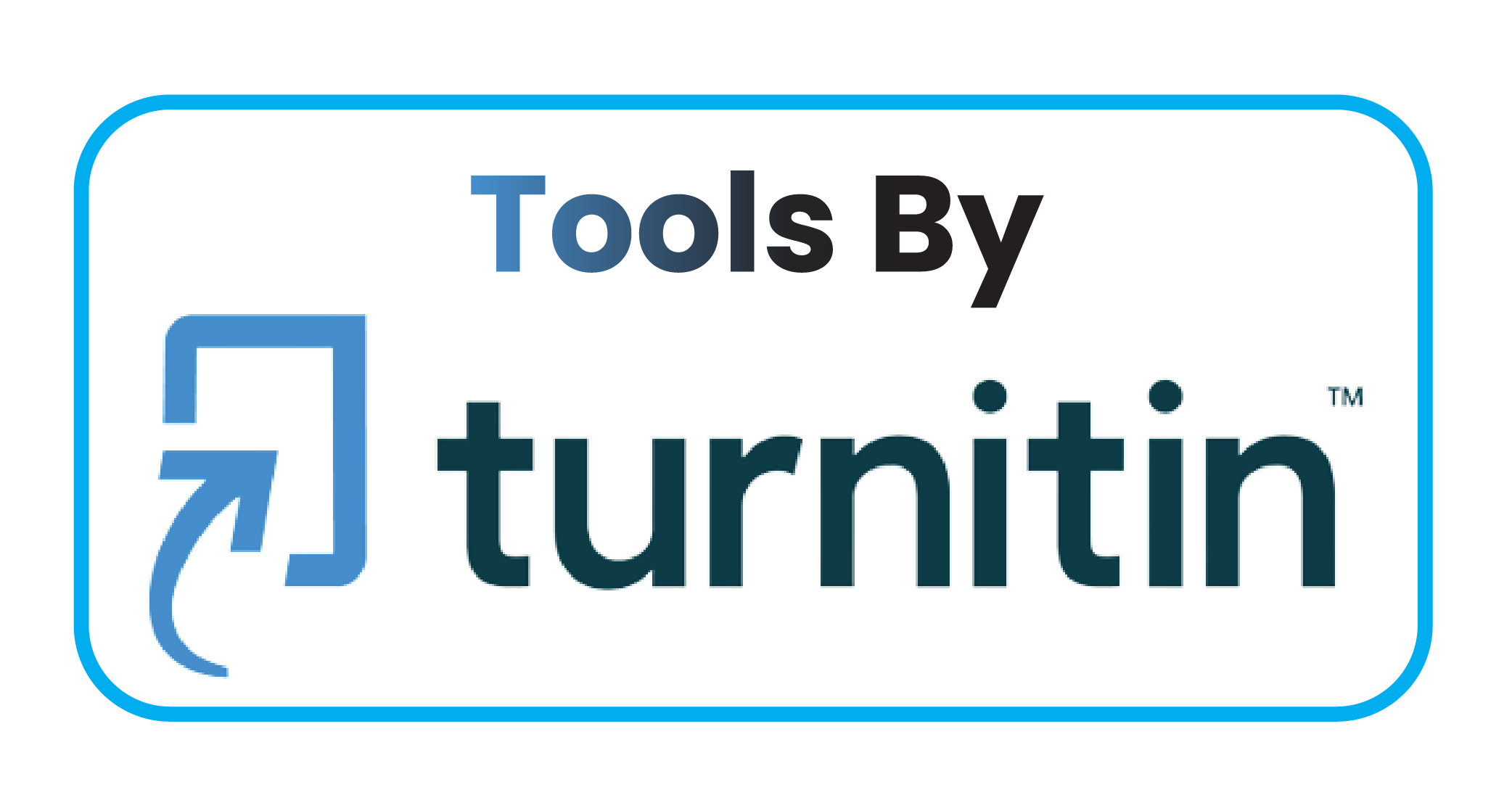Excelling Green Supply Chain Management Practices Through Maturity Model: A Case Study of Fish 96 Company
DOI:
https://doi.org/10.59888/ajosh.v3i1.442Keywords:
Green Supply Chain Management (GSCM);, Tilapia Aquaculture;, Maturity Model;, Sustainability;, SME (Small and Medium-sized Enterprise)Abstract
This research aims to improve GSCM practices at Fish 96, an SME in tilapia aquaculture located in Bandung, West Java, Indonesia. It identifies and addresses some critical business issues regarding reducing the DOA rate, improving operational efficiency, and reducing environmental impacts. The literature review forms the theoretical basis of GSCM practices such as green procurement, manufacturing, distribution, and reverse logistics. A new GSCM maturity model is developed and validated with the case study of Fish 96, which eval_uates the company's current maturity levels and structured improvements. It assesses that Fish 96 stands at the initial stage in the journey of GSCM. Most practices are either nonexistent or at an initial point of implementation. The suggested maturity model includes five levels: Nonexistent, Aware, Intermediate, Advanced, and Sustainable, which represent a clear roadmap for Fish 96 to improve its GSCM performance. The research recommends adopting broad green practices across all supply chain dimensions, emphasising systematic strategies and enhanced supplier engagement by focusing on efficiency measures. With these recommendations, Fish 96 will contribute to reducing operational costs while reducing environmental impacts and improving social outcomes, thus improving the company's long-term sustainability and competitiveness.
Downloads
Published
Issue
Section
License
Copyright (c) 2024 Siti Cahya Santini, Togar Simatupang

This work is licensed under a Creative Commons Attribution-ShareAlike 4.0 International License.
Authors who publish with this journal agree to the following terms:
- Authors retain copyright and grant the journal right of first publication with the work simultaneously licensed under a Creative Commons Attribution-ShareAlike 4.0 International. that allows others to share the work with an acknowledgement of the work's authorship and initial publication in this journal.
- Authors are able to enter into separate, additional contractual arrangements for the non-exclusive distribution of the journal's published version of the work (e.g., post it to an institutional repository or publish it in a book), with an acknowledgement of its initial publication in this journal.
- Authors are permitted and encouraged to post their work online (e.g., in institutional repositories or on their website) prior to and during the submission process, as it can lead to productive exchanges, as well as earlier and greater citation of published work.










